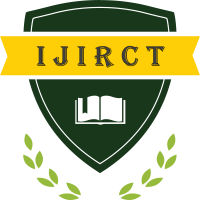Carbon Stocks of Eastern Ghats Ecosystems and Scope for Carbon Sequestration
Author(s): S. Hema latha, K. Kameswara Rao
Publication #: IJIRCT1201110
Date of Publication: 26.04.2016
Country: India
Pages: 508-510
Published In: Volume 1 Issue 6 April-2016
Abstract
After a decade of discussion series, most nations have realized the only cost effective and immediate option that can remove the accumulated CO2 and mitigate climate change, was carbon sequestration through land use sectors (croplands, forests, grasslands etc.). Forest degradation in India, has resulted not only in the decline of C sequestration potential, but also reduced the potential for biomass productivity and thereby livelihood opportunities of several forest dependent communities. This paper delineates the potential of Eastern Ghats forests and associated ecosystems, for C sequestration and discusses how C benefits can be derived as co-benefits to the ecological improvement of the forests and enhancing the livelihood opportunities of the forest dependent communities. The Eastern Ghats is one of the major geographical realms of India, running parallel to the east coast for about 1750 km passing through four major states, Odisha, Andhra Pradesh, Telangana, and Tamil Nadu, and has a spread around 75,000 km^2. It supports various land use types such as croplands, forests, grasslands etc., on which 7% of the region's population is dependent. This paper, while delineating the forest types (Semi-evergreen to dry deciduous thorn types), presents the carbon stocks in various pools of different land use sectors, and compare with the similar situations of tropical forests information to assess the state of the carbon stocks and scope for the improvement
Keywords: Eastern Ghats, Land Use Categories, Forests and Agriculture, Carbon Sequestration
Download/View Count: 444
Share this Article
